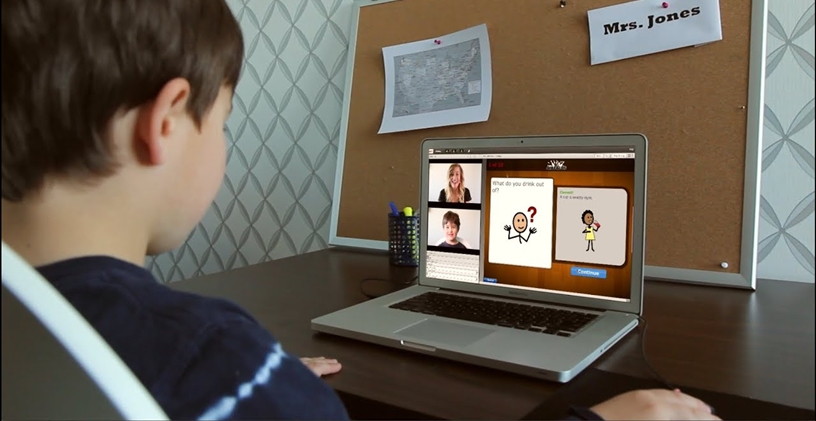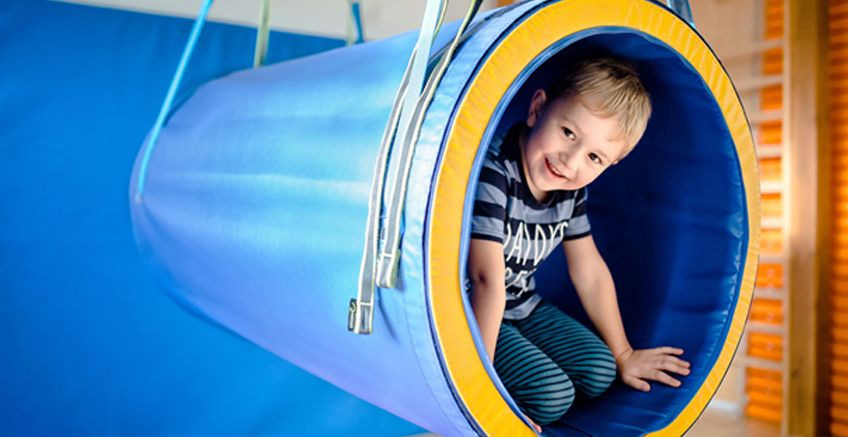The Lazy Person’s Guide to Domestic Equality

The American Time Use Survey from the Bureau of Labor Statistics, which tracks how adults in the United States spend their days, shows that in families with children under the age of 6, on an average day women spent 1.1 hours providing physical care (such as bathing or feeding a child), while men spent 27 minutes. In my house, it’s pretty much equal — I feed the kids, my husband bathes them.
But we have never kept a strict accounting of domestic work because nobody’s got time for that. Much of the advice around equalizing both the physical and mental tasks of parenting — advice I personally have relayed from experts! — suggests that keeping a chart or creating a list of tasks and dividing them is the path to parity.
To me, this advice always sounds exhausting; at the end of a long day of working and parenting, I just want to lie in bed and watch my murder shows. I don’t want to get out the calendar and plan the next three months. And, who do you think is putting the chore charts in motion in hetero couples most of the time? Women. (Though to be fair to my husband, he is more game for calendar time than I am.)
So I decided to talk to couples, who feel happy with their balance. I wanted to know how they manage to keep things equal, without creating a lot of extra work for themselves. The parents I spoke to had a range of personal and work circumstances; some of them did lots of tasks together, and some of them specialized in bedtime, laundry or lawn care based on their skills and interests. But a few themes about communication, mental health and organization stood out during our conversations. Here are four ways couples maintain their equilibrium.
They Speak Up If The Balance Is Off
Almost all of the couples I spoke to said that talking when they were starting to feel resentful about the division of labor was essential to their happiness. “There’s nothing left unsaid from my side,” said Inbal Austern, 42, a toy designer and mom of two kids in Buffalo.
Part of that speaking up is also being observant about your spouse’s level of work. Austern’s wife, Ariel Aberg-Riger, 39, who works as a visual storyteller, said, “When things get out of balance, I become increasingly stressed, and I become angry and passive-aggressive.” But Austern knows her well enough to know when Aberg-Riger is becoming overwhelmed. “You see her huffing and puffing,” Austern said — and so she knows it’s time to have a discussion about their division of household labor.
When Schulte’s balance was off in her own home, and she was full of resentment about how little domestic work her husband was doing, they started going on long walks together. “I literally interviewed him: how did we get here? Why didn’t you ever take a paternity leave, did you know I have been mad at you for 15 years about that?” Letting it fester for more than a decade was not healthy for her, but those walks set the stage for them to completely reorient their domestic world. They started with little tweaks, like it was always her husband’s job to unload the dishwasher.
They Take Time for Themselves
Jaclyn and Josh Greenberg are in their 40s, live in New Jersey, and have three children who are 11, 9 and 7. Their middle child is not able to walk or talk and is dependent on his parents and has numerous appointments with doctors and therapists. They are both fully in the loop about care for all three children so that when one of them is feeling burned out, the other can step in seamlessly.
“If I need to punt to him, he’s already pretty clued in,” said Jaclyn. “I tend to be better about taking time for self-care, I encourage him to do the same. It’s about knowing you have reached your limit,” she said. She goes for a walk or talks to a friend. “There are times when one of us needs to hit the reset button,” said Josh. In such cases, the other takes over the domestic load.
They Push Back Against Gendered Expectations
Even if you are intentional and meticulous about not having a gendered division of labor inside your four walls, there is work to be done in training other people. Devan and Debora Sandiford, who are both 36, have two boys and live in Brooklyn, said that from their first pediatrician’s appointments there was an assumption that Debora was the keeper of baby information. “The doctor would turn to me and ask me a question when we’re all together, and Devan only has the answer,” Debora, who works in global health and teaches Pilates, said.
Devan, a patent examiner and writer, said their older son’s preschool teacher pulled him aside and told him to “thank his wife” for bringing in photos for an art project, but Devan was the one who remembered the pictures. “It irks us a bit, with the frequency that it happens,” Devan said.
Harper S.E. Bishop, 36, who identifies as a trans man, said that the world sees him as a cis man, and when he and his wife, Jennifer Connor, 44, were fostering a 6-year-old and a newborn, “people from the outside world” would put the labor on Connor, as a cis woman. “It was often doctors who call Jennifer, teachers would return calls to Jennifer,” Bishop said. Connor, who is the executive director at a nonprofit for immigrant justice, said she pushed back by looping in Bishop on a text or email. Both said it was very important for them to model for their children, as well, that there weren’t masculinized or feminized tasks — that anyone could do anything.
The couples who have the greatest equity are the consistent compromisers. These pairs acknowledge the structural issues at play and recognize that both the workplace and the domestic sphere are stacked against women so they fight against those inequities accordingly, with men sometimes taking on additional domestic work.
Use Tools
Most of the couples use a shared calendar, whether it’s a digital or a physical one. Though two of the couples chuckled about how long it took them to agree on what kind of calendar to use. Devon Sandiford said Debora loves a physical calendar and has been trying to convince him to use it. Some of them also use other digital tools.
It took me and my husband five solid years to actually use the shared Google calendar we made for kid appointments when our older daughter was in preschool. It remained blank for many years, and now that she’s 8 it’s working decently, though I can’t say either of us remembers to log absolutely every dentist visit or birthday party. This goes to show that balancing is a constant work in progress.
References
This article is written by Jessica Grose. You can find the original text here.







